Artificial Intelligence (AI)-enabled Smart Grid Technology: The Future of Clean Energy
The global electricity grid is a complex system that is essential to our modern way of life. It provides power to our homes, businesses, and schools, and it is responsible for powering the devices that we use every day. However, the current grid is not without its problems. It is inefficient, inflexible, and vulnerable to cyberattacks.
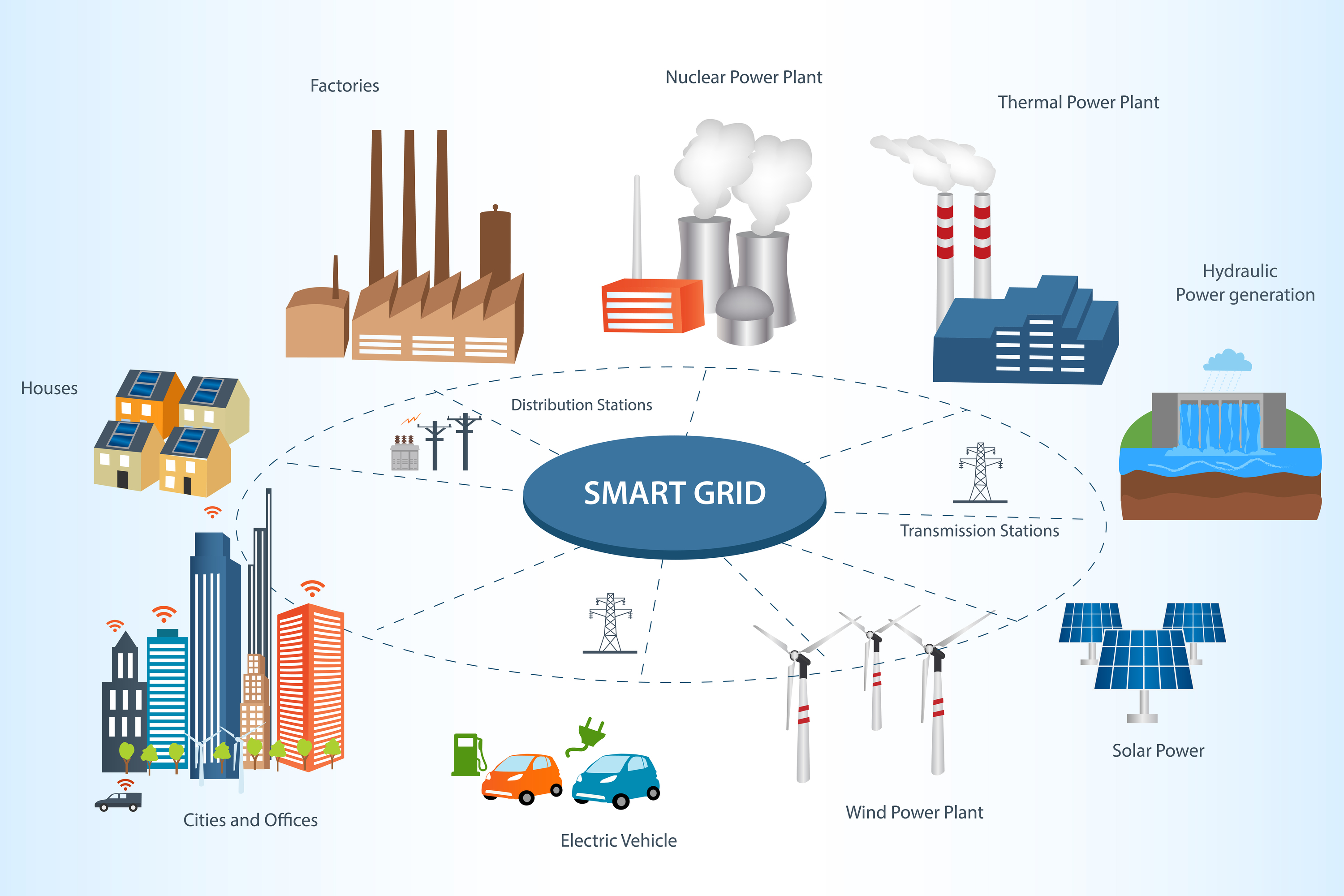
AI-enabled smart grid technology offers a potential solution to these problems. By using AI, we can make the grid more efficient, more flexible, and more secure. This will lead to a cleaner, more reliable, and more sustainable energy future.
What is a Smart Grid?
A smart grid is an electricity network that uses digital technology to improve its efficiency, reliability, and security. Smart grids use sensors, communications, and control systems to collect and analyze data about the grid's operation. This data can be used to optimize the grid's performance and to improve its resilience to disruptions.

How Can AI Improve the Smart Grid?
AI can be used to improve the smart grid in a number of ways.
- AI can help to make the grid more efficient. By using AI to analyze data, we can identify ways to reduce energy consumption and waste. For example, AI can be used to optimize the scheduling of power generation and distribution. AI can also be used to identify and fix problems in the grid before they cause outages.
- AI can help to make the grid more flexible. The grid needs to be able to adapt to changes in demand, such as the increased use of electric vehicles. AI can be used to develop models that predict demand and to adjust the grid's operations accordingly. AI can also be used to develop new technologies that can help to make the grid more flexible, such as energy storage systems and demand-response programs.
- AI can help to make the grid more secure. The grid is vulnerable to cyberattacks, which can cause power outages and other disruptions. AI can be used to develop security systems that can protect the grid from these attacks. AI can also be used to monitor the grid for signs of suspicious activity.
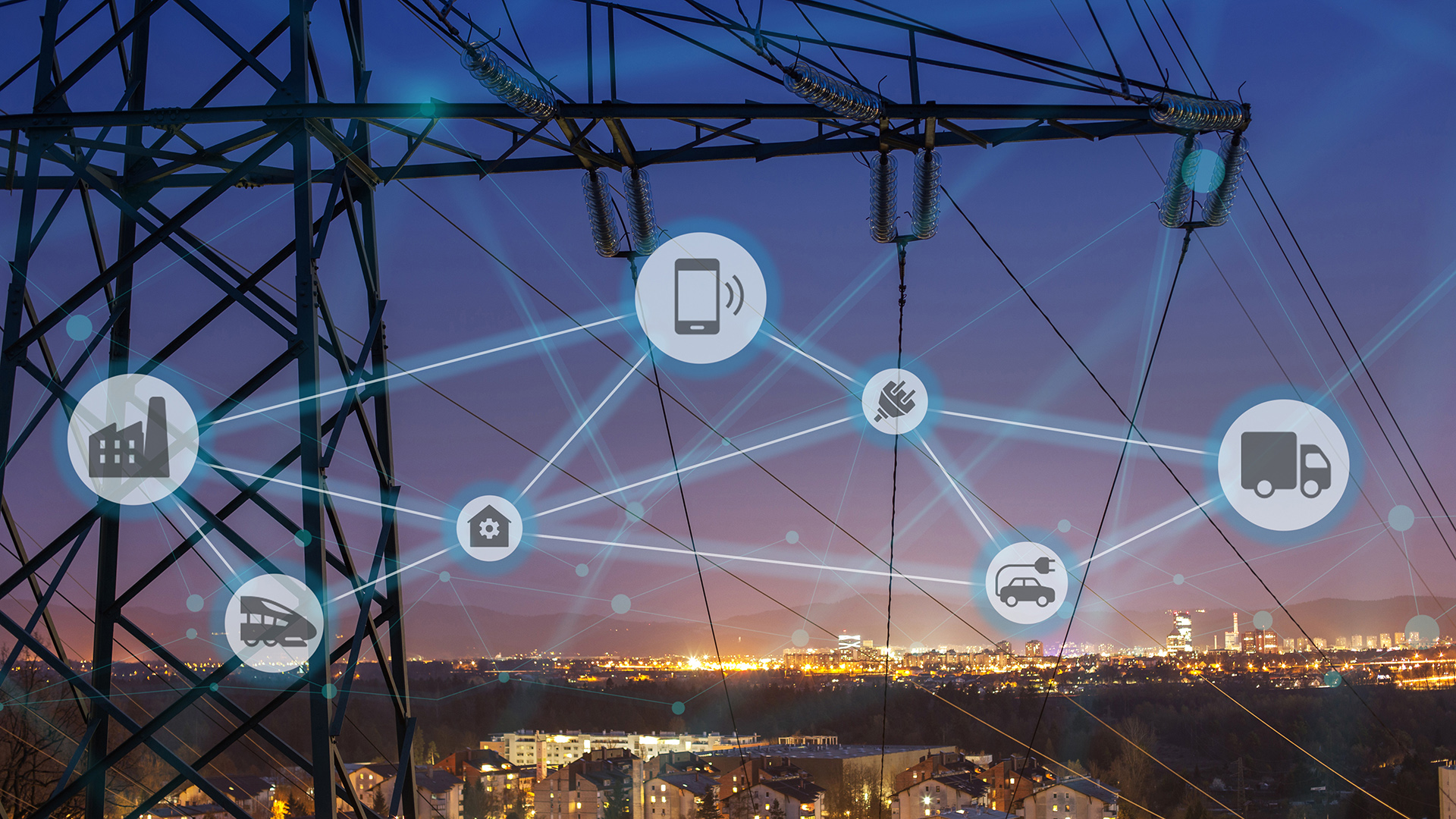
The Benefits of AI-enabled Smart Grids
AI-enabled smart grids offer a number of benefits, including:
- Increased efficiency: AI can help to make the grid more efficient by reducing energy consumption and waste. This can lead to lower costs for consumers and businesses.
- Improved reliability: AI can help to make the grid more reliable by identifying and fixing problems before they cause outages. This can lead to fewer disruptions to power supply.
- Increased security: AI can help to make the grid more secure by protecting it from cyberattacks. This can help to prevent power outages and other disruptions.
- A cleaner energy future: AI can help to make the grid more sustainable by supporting the integration of renewable energy sources. This can help to reduce our reliance on fossil fuels and to fight climate change.

The Future of AI-enabled Smart Grids
AI-enabled smart grids are still in their early stages of development, but they have the potential to revolutionize the way that we use energy. By making the grid more efficient, reliable, and secure, AI can help to create a cleaner, more sustainable energy future.
Here are some of the ways that AI is being used to develop smart grids:
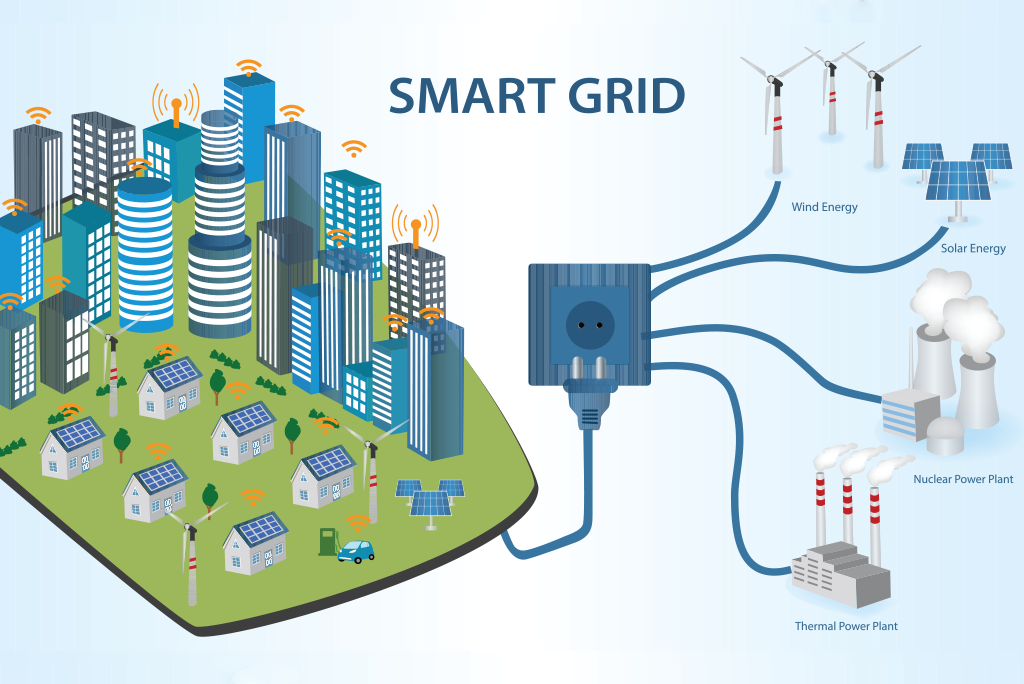
- AI is being used to develop new technologies for the smart grid. For example, AI is being used to develop new energy storage systems, demand-response programs, and cybersecurity systems.
- AI is being used to optimize the operation of the smart grid. AI is being used to schedule power generation and distribution, to identify and fix problems in the grid, and to protect the grid from cyberattacks.
- AI is being used to integrate renewable energy sources into the grid. AI is being used to develop models that predict the output of renewable energy sources, and to optimize the integration of these sources into the grid.
The development of AI-enabled smart grids is a major undertaking, but it is one that is essential to creating a cleaner, more sustainable energy future. By working together, we can build a smart grid that will power our homes, businesses, and schools for generations to come.
Conclusion
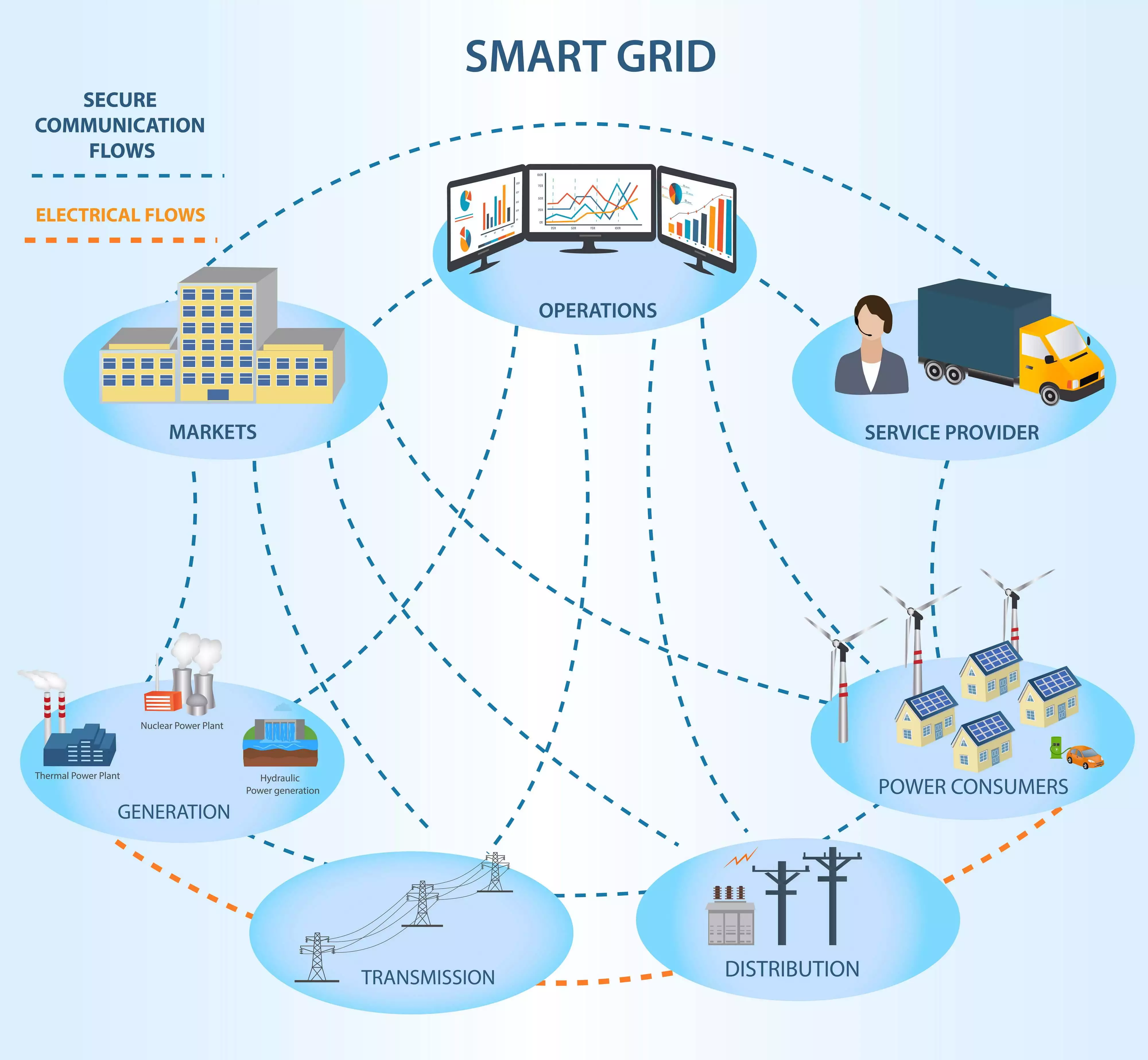
The global electricity grid is a critical piece of infrastructure, and it is essential to our modern way of life. However, the current grid is not without its problems. It is inefficient, inflexible, and vulnerable to cyberattacks.
AI-enabled smart grid technology offers a potential solution to these problems. By using AI, we can make the grid more efficient, more flexible, and more secure. This will lead to a cleaner, more reliable, and more sustainable energy future.
Resources
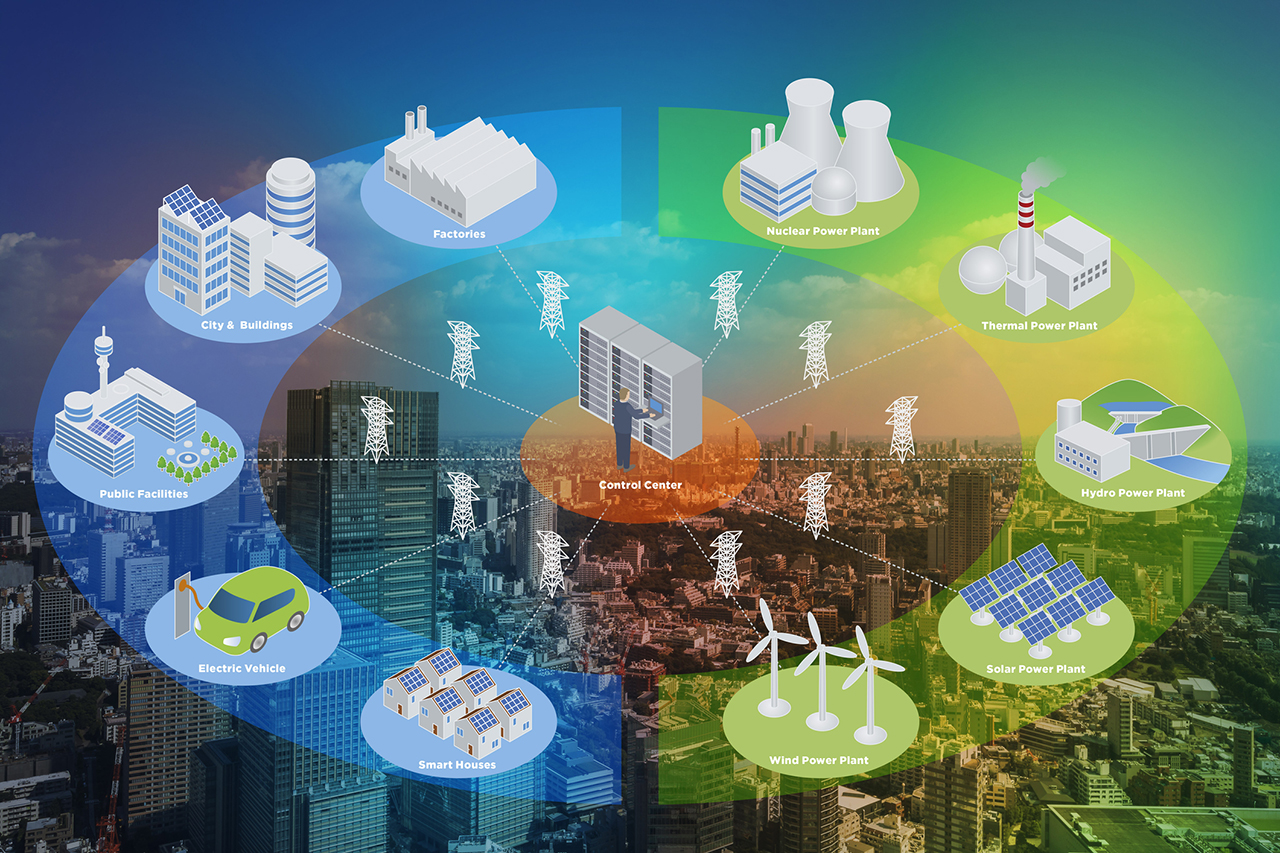
- [U.S. Department of Energy: Smart Grid
Post a Comment